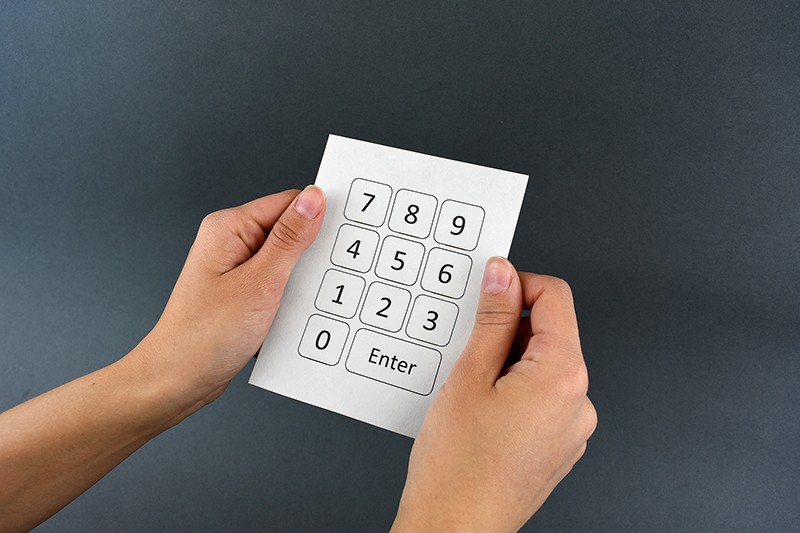
With the development of S&T, the next keyboard you will have may be just a piece of paper.
Much like TouchBar, users will only use their finders to tap or slide on it to perform a series of operations.
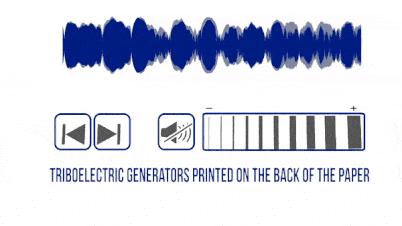
Simple paper sheets from a notebook can be transformed into music player interfaces for users to choose songs, play them and change their volume.
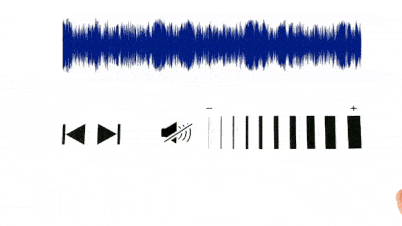
The paper is repellent to water, oil and dust by coated with highly fluorinated molecules. Its waterproof effect is much better than that of ordinary keyboards. If you drop some liquid on it, you just need a paper towel to restore it. So you don't have to worry about coffee spilling out and causing your keyboard to give up the ghost.
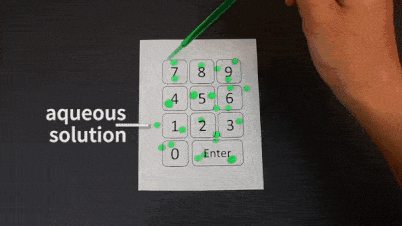
It is resistance to fold damage. The key is that it doesn’t need batteries. The power generated by each tap is strong enough to support BLE and power the keyboard.
So what’s the principle?
Ramses Martinez, the inventor of this keyboard, said that this innovation facilitates the fabrication of vertical pressure sensors that do not require any external battery, since they harvest the energy from their contact with the user.
Ramses Martinez, the inventor of this keyboard, said that this innovation facilitates the fabrication of vertical pressure sensors that do not require any external battery, since they harvest the energy from their contact with the user.
RF SPEs can be rapidly fabricated through the sequential spray-deposition of alkylated organosilanes, conductive nanoparticles, polytetrafluoroethylene (strong electron affinity), and ethyl cellulose (weak electron affinity) over the surface of cellulose paper.
The development of paper-based keyboard is compatible with existing mass production technologies, so it is easy to quickly convert conventional paper sheets to smart ones.
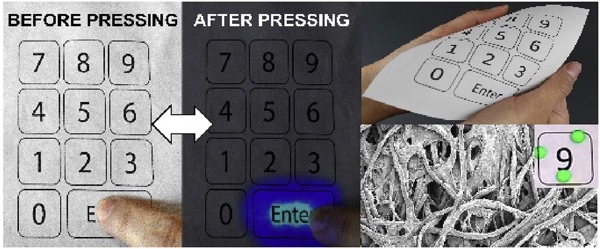
“This omniphobic coating allows us to print multiple layers of circuits onto paper without getting the ink to smear from one layer to the next one,” said Martinez.
RF SPEs are capable of generating power densities up to 300 µW/cm2. Additionally, RF SPEs are flexible and exhibit excellent stability upon folding (0.3 mm radius of curvature).
Since the technology can be used on any paper-based surface, it's relatively cheap to use, with a printing cost of less than $0.25 per sheet.
The only thing you need to worry about is whether the keyboard on the table will be thrown away as waste paper by your mom.
Innovators from Purdue University hope their new technology can be used in many industries, such as printing it on the surface of packages to make packaging interactive.
